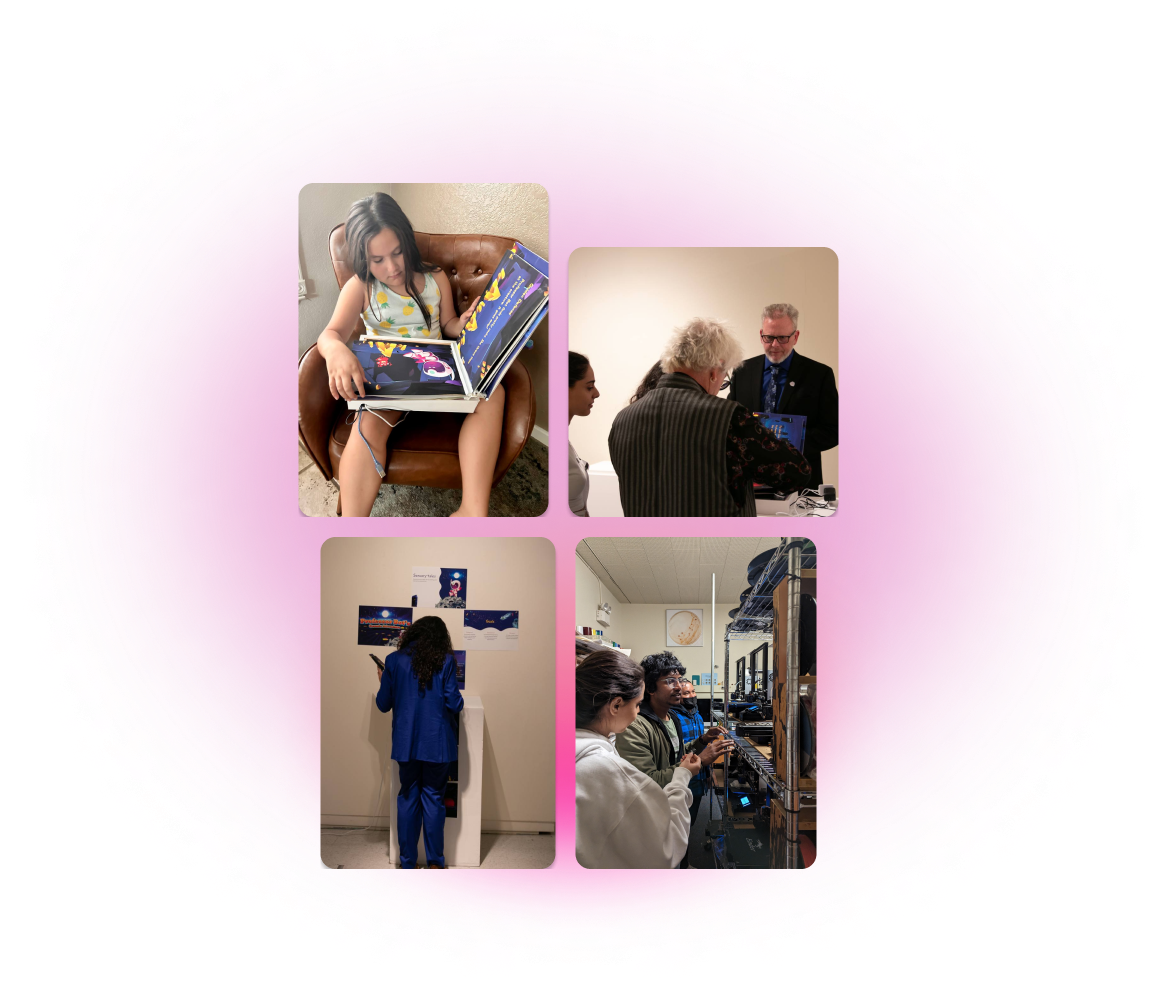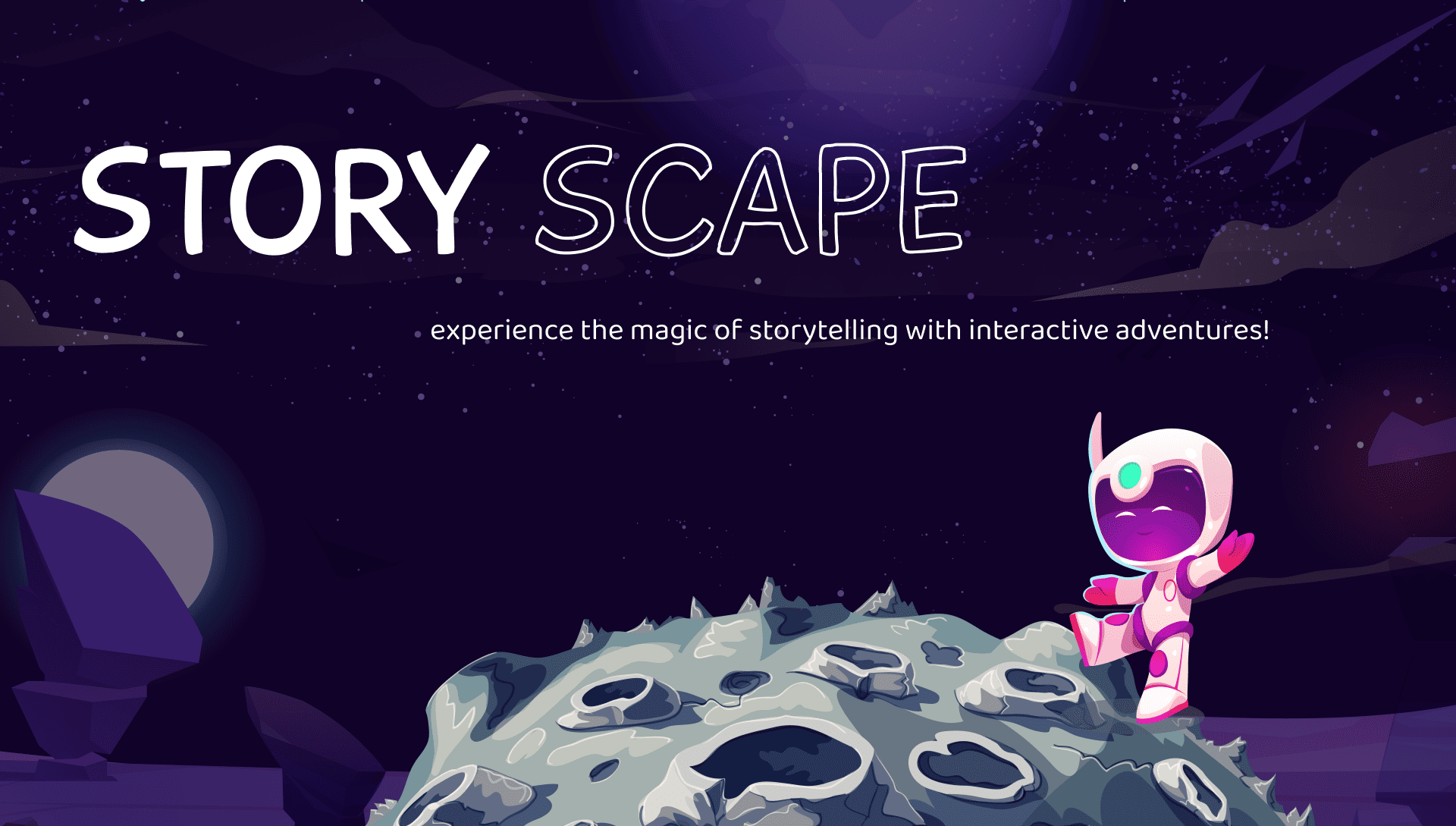
The primary goal of this project was to create an engaging and educational experience for children by combining traditional storytelling with interactive elements powered by Arduino and sensors.
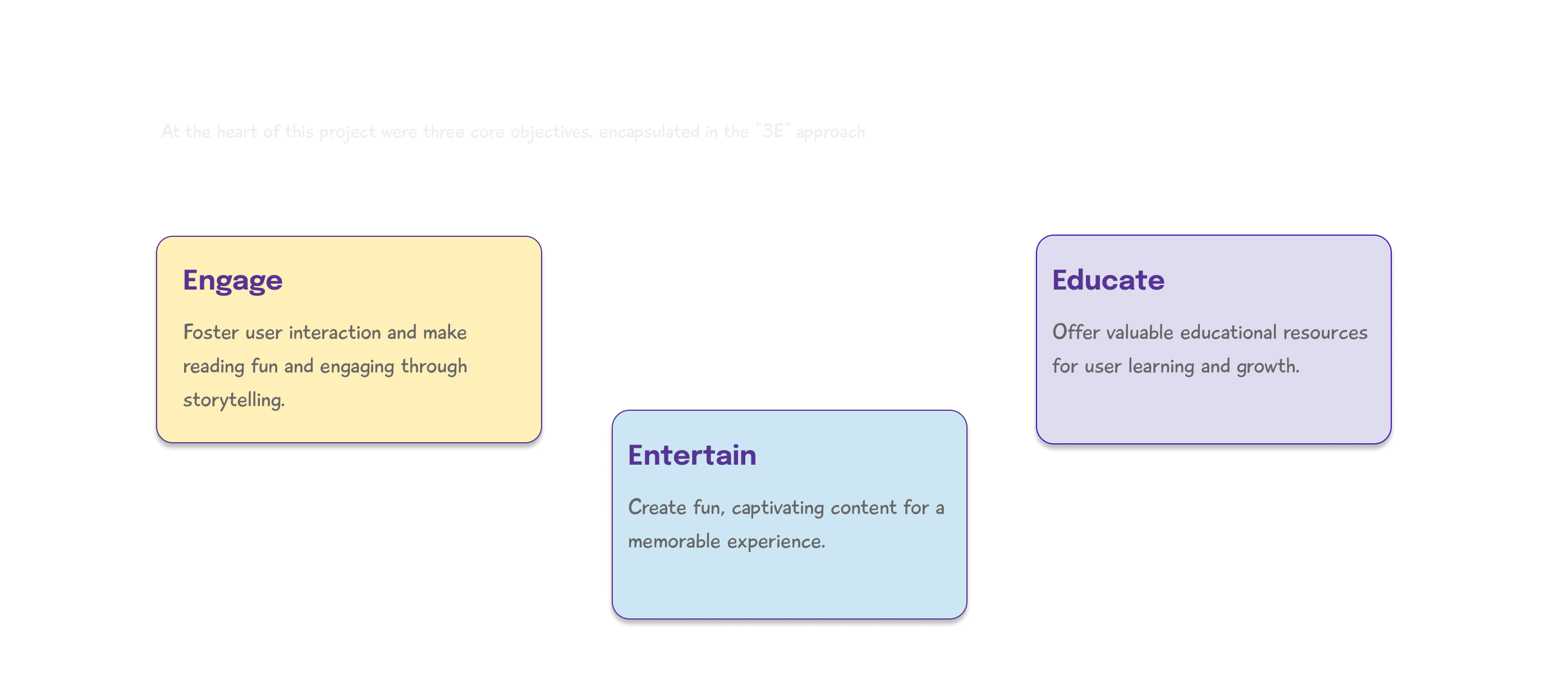

The process


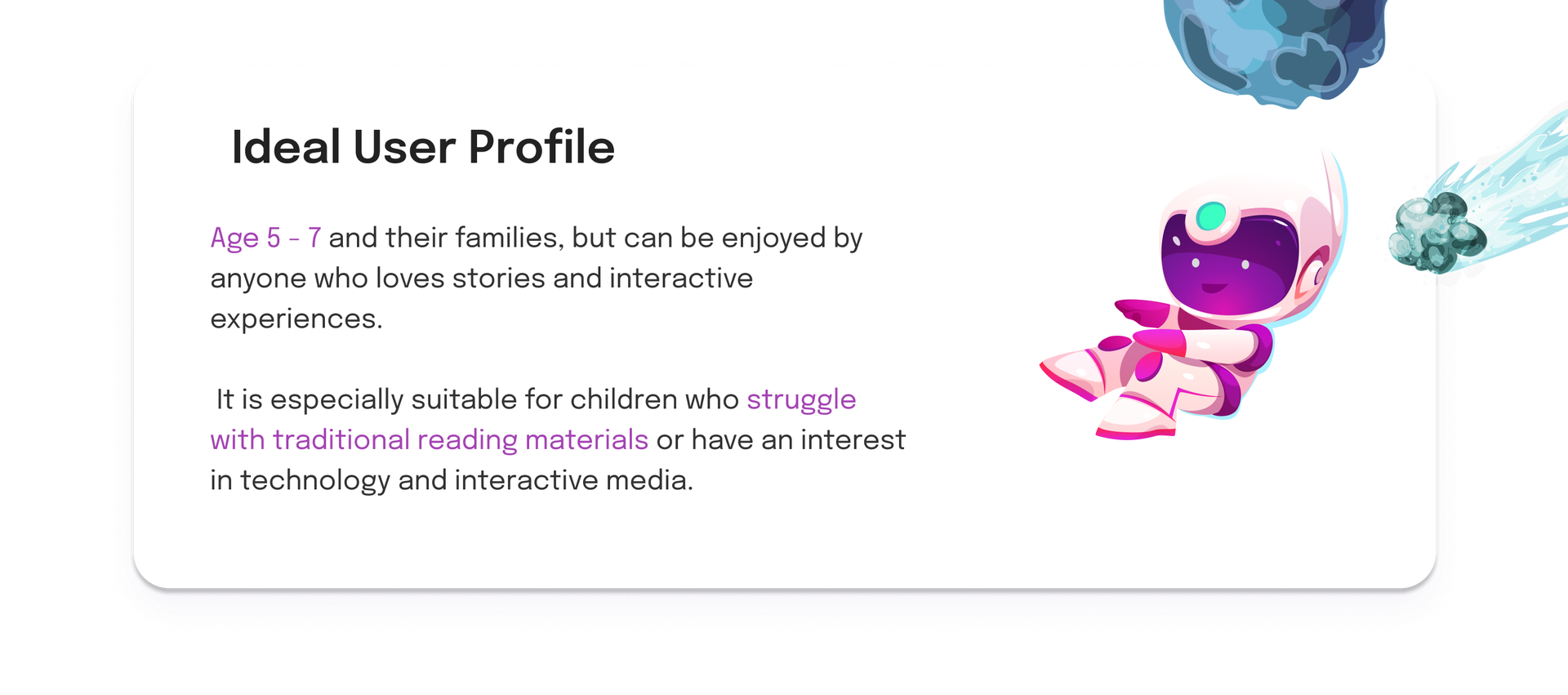
Narrative Development
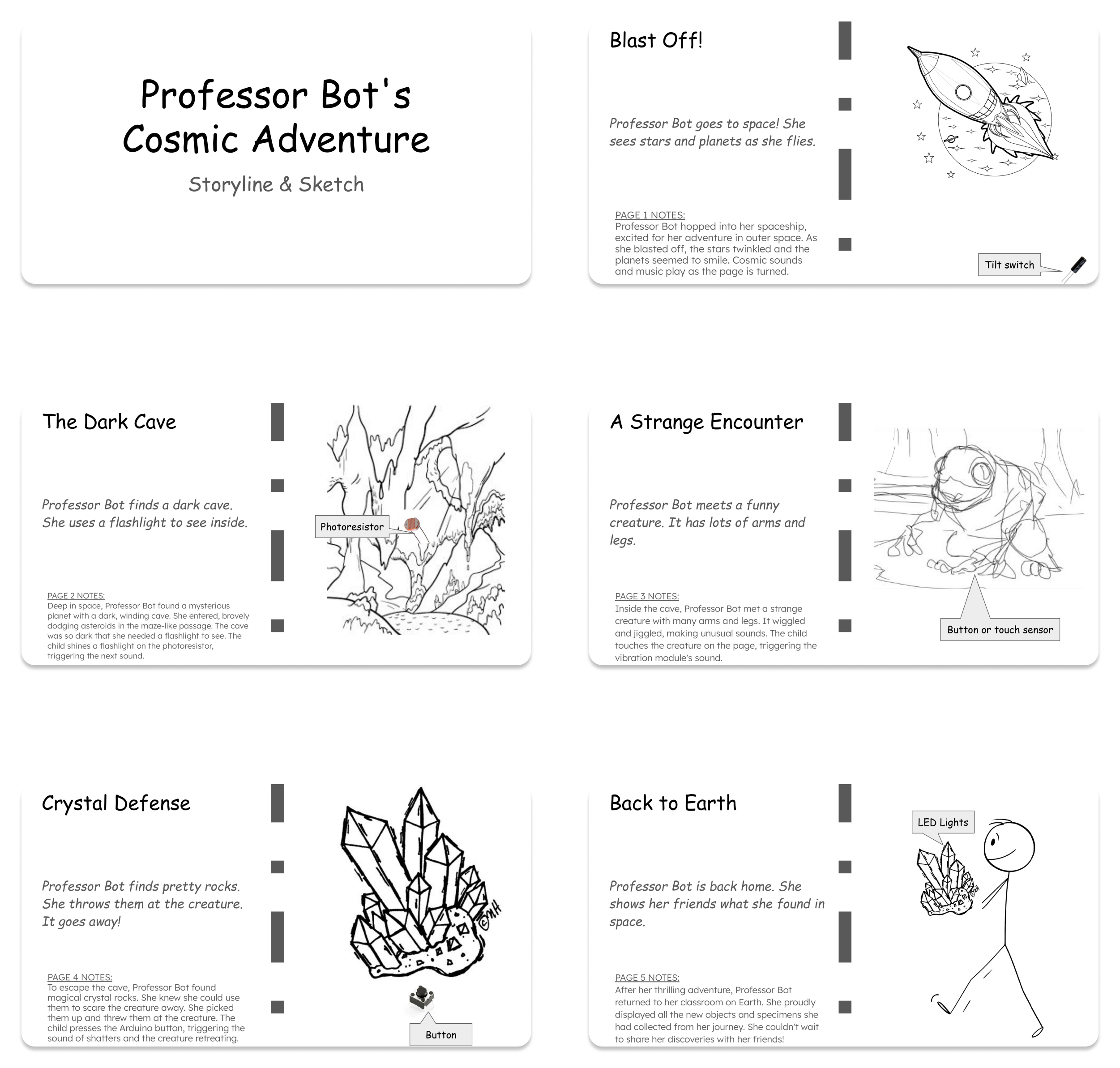
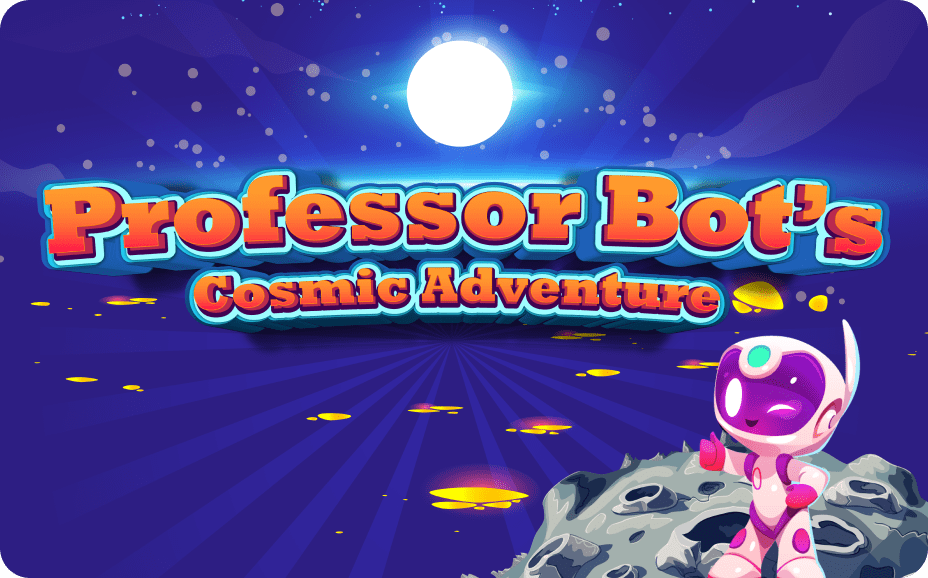

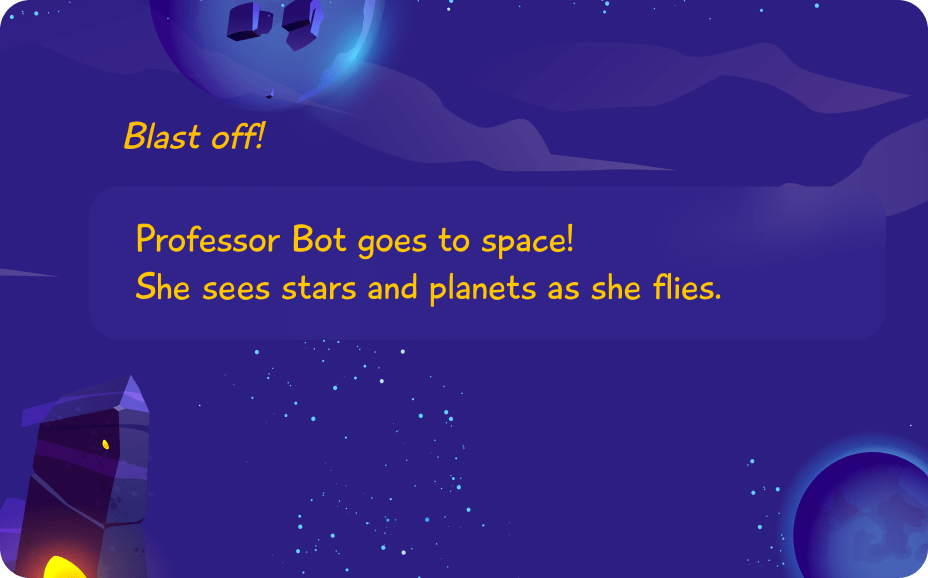
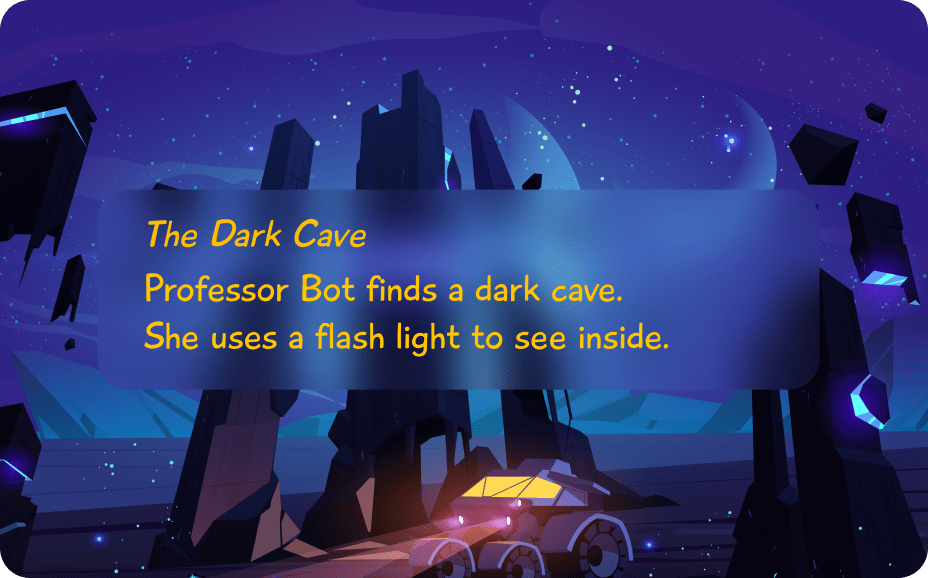
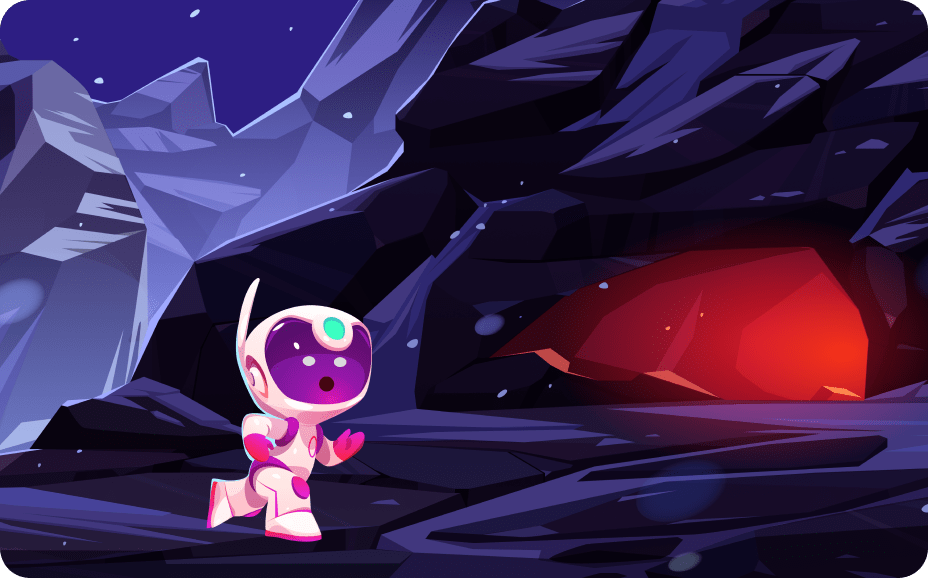
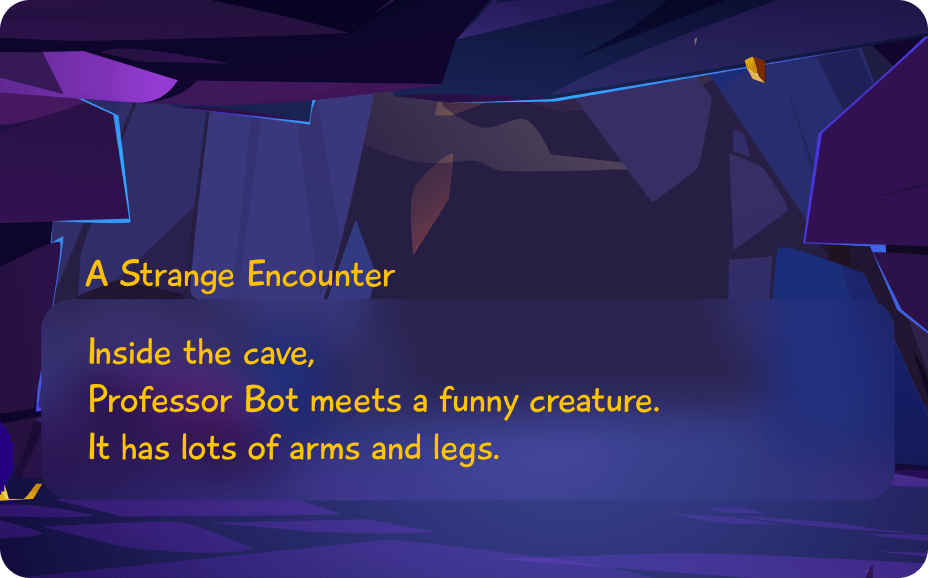
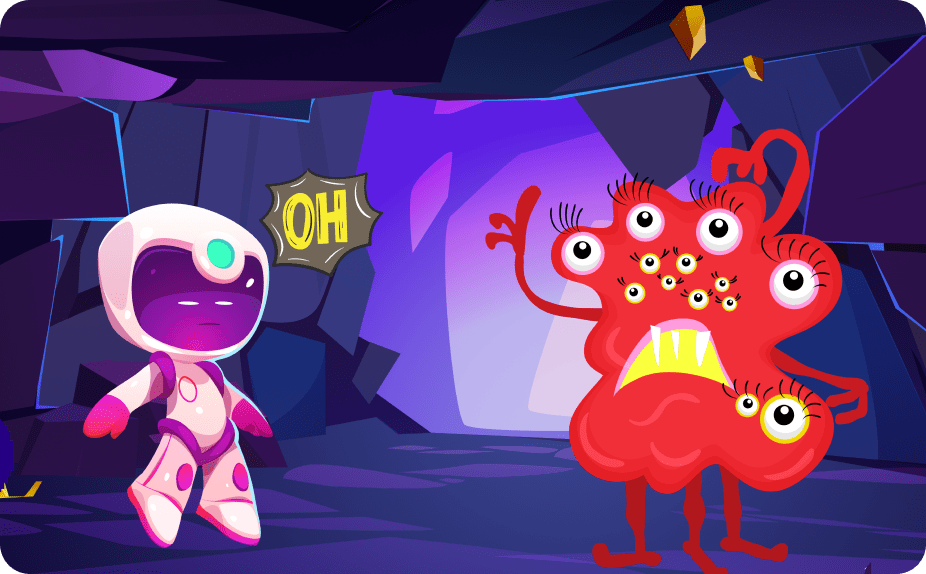
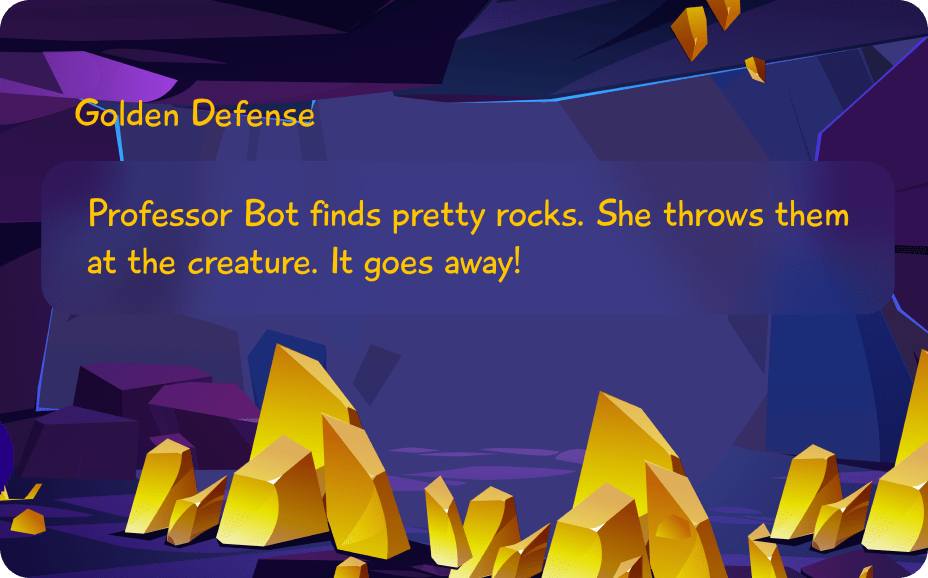
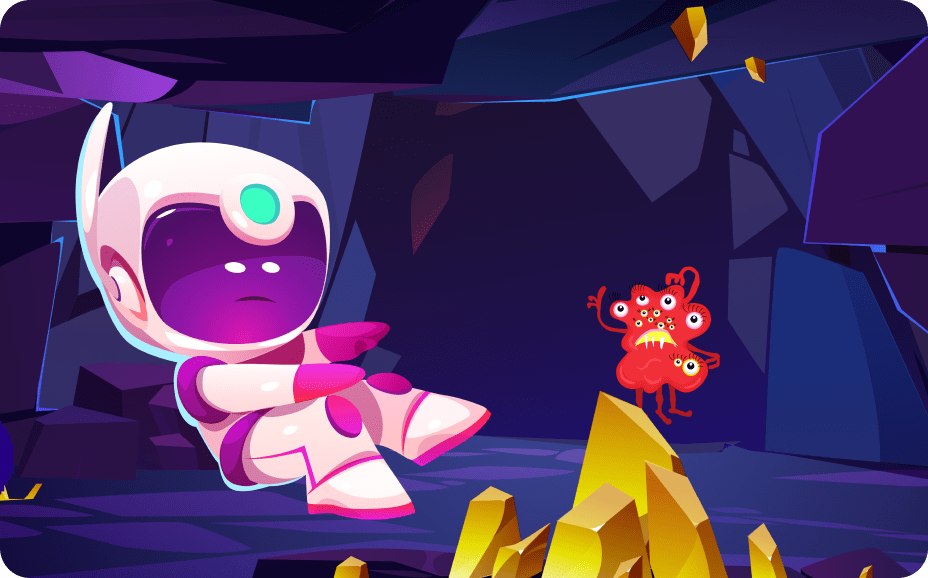
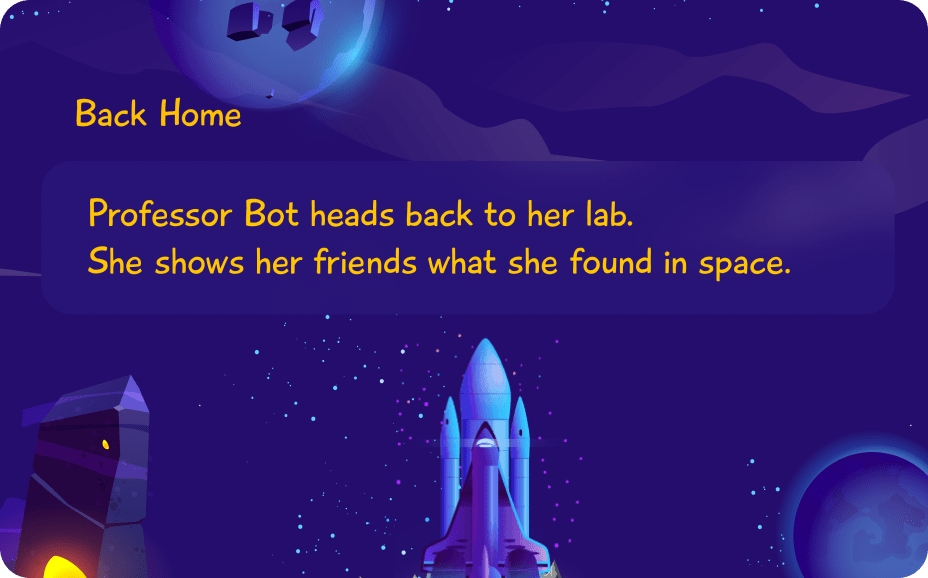
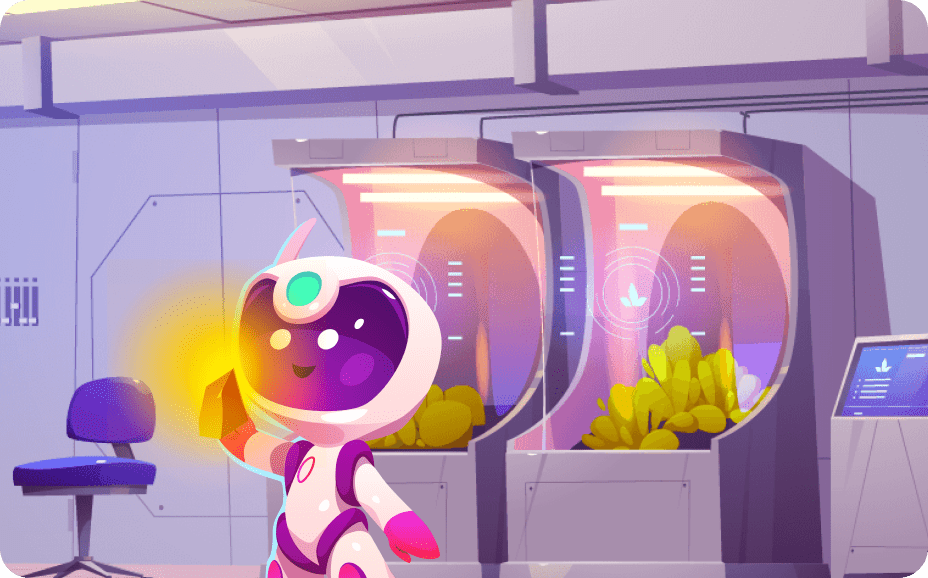
Prototyping
The prototyping phase was crucial in bringing StoryScape from concept to reality. We developed several iterations, each more sophisticated than the last
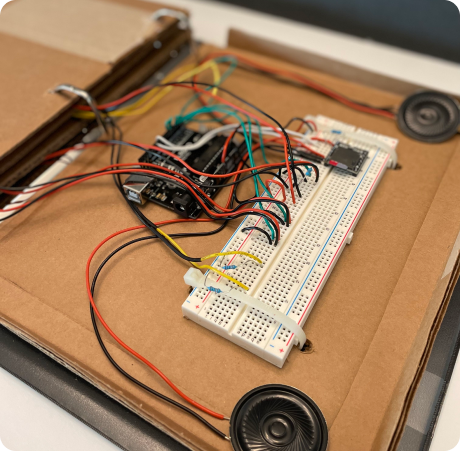



Initial Mockup
We created a cardboard prototype with touch sensors to validate the touch-responsive storytelling concept quickly.
Functional Prototype
Our second iteration used Arduino Uno, adding LEDs and sound effects to refine interactive elements and test material durability.
Advanced Prototype
The final prototype featured a fully integrated Arduino system, capacitive sensors, motion detection, LED scenes, and a robust spine design.
Integrating the code
We programmed the Arduino to control touch sensors, LEDs, and sound effects. This involved coding for capacitive touch detection, synchronizing lighting and audio responses, and ensuring seamless interaction between hardware components for an immersive storytelling experience.


Testing and iteration
We conducted multiple user tests to gather feedback, refine touch sensitivity, adjust LED brightness, and enhance audio clarity. Each iteration focused on improving user experience, ensuring durability, and fine-tuning interactive elements for seamless storytelling.
